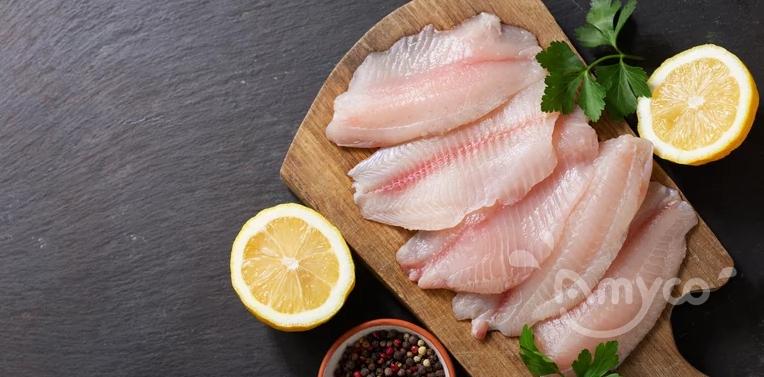US scallop market fills domestic gap by leaning more on Japan...
US scallop market fills domestic gap by leaning more on Japan, other countries.
The US is looking more to Japan, Argentina and China to help answer its appetite for scallops, the latest trade data from the National Oceanic and Atmospheric Administration (NOAA) reveals. Overall the US imported 17,903t metric tons of US scallops

Overall the US imported 17,903t metric tons of US scallops -- 2,883t (19%) more -- during the first seven months of 2022 than it did during the first seven months of 2021 and spent $261.1 million (49% more) for them, according to NOAA. The average overall $14.59 per kilogram spent on scallops was 25% higher than a year ago.
Japan was the most dominant of the source countries during the most recent period, accounting for a 33% market share.
The US imported 5,802t of scallops worth $118.8m from the Pacific nation during the first seven months of 2022, a 159% increase in volume and a 209% increase in value compared to the first seven months of 2021. That includes 388t of scallops worth $6.8m in July alone, an average price of $17.40/kg.
By comparison, the US imported 260t of scallops worth $5.1m from Japan in July 2021, paying an average price of $19.50/kg, 11% more.

The wholesale price for Japanese scallops has fallen in recent months, confirms Urner Barry's Sept. 8 price sheet, which listed 14/16 Japanese dry scallops for an average price range of $16.75-$17.00/lb, 36% less than the average price range of $26.25-$46.75/lb reported back on Jan. 11, 2022. ...
Scallops from China have barely flinched in price since the beginning of the year, however. UB reported sizes 80/100 at $6.00-$6.25/lb on Sept. 8, down 4% from the $5.75-$6.00/lb price range reported on Jan. 11.
China held 23% of the US import market by volume (4,162t worth $25.6m) during the first seven months of 2022, Argentina 16% (2,814t worth $23.6m) and Canada 15% (2,745t worth $67.6m), filling out the top four.

As explained earlier by Undercurrent, the scallops landed in the US and Canada are heavily Atlantic sea scallops (Placopecten magellanicus), while the kind landed in Japan are chiefly the Pacific variety (Patinopecten yessoensis). Some prefer and are accustomed to eating Pacific scallops, saying they have a sweeter taste and drier texture.
China used to be the US’ largest source of imported scallops, sending it bay scallops (Argopecten irradians), a smaller, much cheaper variety that’s often used in value-added meals, including soups and stuffing. However, the tariffs charged as a result of the US-China trade war, which started in 2018, has put a tremendous damper on the arrival of those scallops.
Appetite to spare
The obvious driver behind the US scallop import surge was a reduction in domestic landings resulting from changes made by the regional fisheries panel and NOAA to trip limits.
As reported earlier, between April 1 and Aug. 31, the first five months of the 2022 season, the US' limited access fleet landed 18.9m lbs of scallops, down 27% from the 25.8m landed thru the first five months of the 2021 season, according to NOAA data. That's a difference of 6.9m lbs or 3,130t less domestic scallops, a larger deficit than the added import volume has filled.
Simultaneously, the US exported more scallops, too, the latest NOAA trade data reveals. It sent out 1,979t worth $45.2m to 50 other countries, an 8% increase in volume and 14% increase in value compared to scallops exported during the first seven months of 2021.
The most popular destination for US scallops was the European Union and the United Kingdom, which combined to take 1,015t worth $22.1m, a 66% increase in volume and 64% increase in value.






